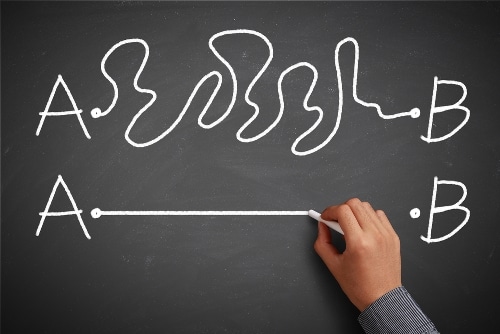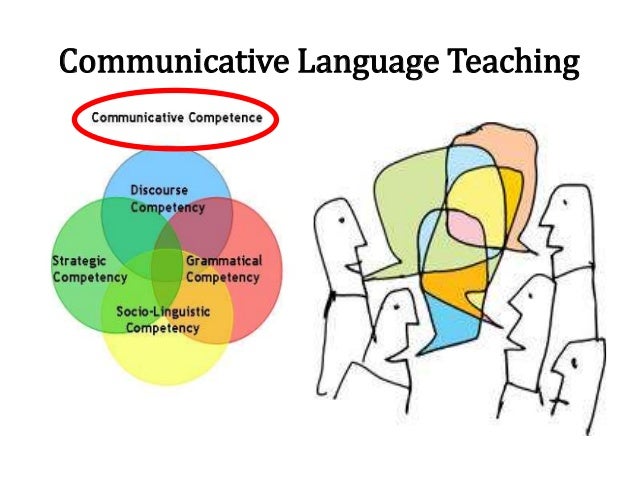Grammar Translation Method
This
method is older and is used since the 18th century and part of the 19th
century. Traditionally it was used to teach classical languages such
as Latin and Greek; however, it was later used to teach modern languages such
as French, German and English. In this method, he pays special attention to the
assimilation of grammatical norms, for which he relies on the following: the
presentation of a norm, the study of a list of vocabulary and the performance
of translation exercises.
All
the indications and explanations are given completely in the native language of
the students, losing the opportunity to develop the auditory and oral tasks,
besides not thinking the thought in the target language. This method
tremendously required memory, since I had to remember all the patterns and
learn infinity of words. It can be said that this method had no influence on
the theories of learning posed by psychology.
Direct Method
 The
direct method was very popular at the end of the 19th century and the beginning
of the 20th century. What is known as a method is what is used to establish a
direct connection between the word and reality and the denomination (actions,
objects, gestures and situations) without the need of the native language.
The
direct method was very popular at the end of the 19th century and the beginning
of the 20th century. What is known as a method is what is used to establish a
direct connection between the word and reality and the denomination (actions,
objects, gestures and situations) without the need of the native language.
The
teacher repeats a word pointing to the object that it denotes and does it as
many times as necessary until the student can reproduce it by himself. It
focuses on the development of the four skills: reading, writing, listening and
speaking. The existence of the native language is ignored. The translation is
eliminated as the teaching procedure, the estimation of the use of visual
media, oral and written exercises. Errors are avoided all along the coast, and
that an error generates an incorrect habit.
Audio-lingual method
 This
method has its origin in the Second World War and is inherited from the
methodology of the direct method. In this method, priority is given to the
target language (speaking and writing). The linguistic correction is sought and
it is about the student learning the new vocabulary by word-image association,
fundamentally through repetition; In addition, he uses a detailed guide of
situations where the student must use the language to serve as an example. It
does an exercise of technological means. In this method we can notice the
presence of Skinner's neobehaviorism; while it is a language as a set of habits
and a form of social behavior, a form of reaction of the organism before the
environment.
This
method has its origin in the Second World War and is inherited from the
methodology of the direct method. In this method, priority is given to the
target language (speaking and writing). The linguistic correction is sought and
it is about the student learning the new vocabulary by word-image association,
fundamentally through repetition; In addition, he uses a detailed guide of
situations where the student must use the language to serve as an example. It
does an exercise of technological means. In this method we can notice the
presence of Skinner's neobehaviorism; while it is a language as a set of habits
and a form of social behavior, a form of reaction of the organism before the
environment.
Total Physical-response Method
Communicative Approach
It
arises in the 70s as a proposal of new language teaching. Without being a method
yet, it is an approach that understands language learning as a process where
grammatical structures are not more important, but communicative intentions
(functional aspect). This method uses many of the procedures and the basic
ideas of the methods that preceded as theirs, in the sense of communicative
orientation. This approach takes the positive behavior of behaviorism,
cognitivism and humanism.


No hay comentarios:
Publicar un comentario